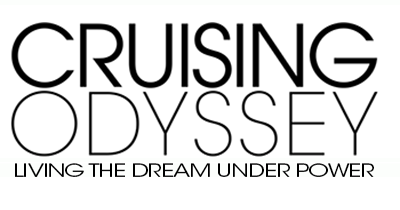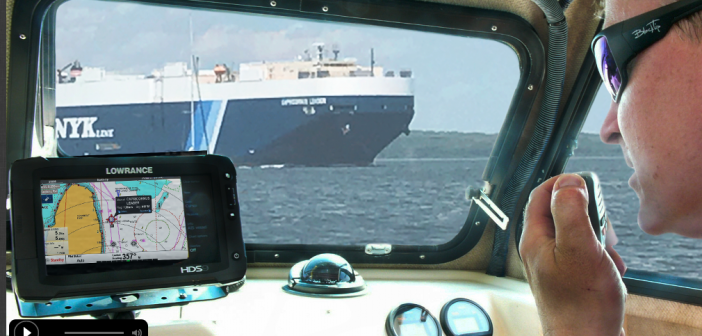Although it’s been around on commercial vessels for many years, AIS (Automatic Identification System) is growing in popularity and use among recreational boat owners, particularly owners of cruising powerboats. It is indeed a major advance in boating safety and navigation, and a terrific tool in aiding situation awareness on board any boat.
In brief, AIS is a digital, VHF-based transponder system that uses GPS, VHF radio and digital processing to communicate automatically among AIS-equipped vessels. You can integrate it on a chart plotter, radar or other display screen, put your curser on the target (another boat in the neighborhood) and it will display that boat’s name, COG, SOG, CPA, TCPA (time to closest point of approach), range and bearing.
When you can see where the other boats are, and where they going, you can hail them by name on your VHF or simply use that information to avoid collisions, trigger alarms and plot a safe course. AIS also is approved for use in man overboard devices, where its signal can be picked up by any nearby AIS-equipped boat and SAR helicopters and other rescue vehicles.
To send and receive AIS information, you need to be in basic VHF radio range; like VHF, the range depends on the height of your boat’s antenna. AIS propagation is slightly better than radar, since it uses a longer wavelength, and it works better than radar in rain. It also can “see” around bends in rivers or islands if the landmass is not too high. Many experienced cruisers think it’s a valuable safety tool, particularly if they’re cruising at night or in crowded shipping lanes.
There are three classes of AIS. Class A consists of full-function transceivers and is required for ships over 300 tons and most passenger and commercial ships. Class B is intended for recreational vessels, and has slightly reduced functions (and a much lower price tag). It basically is identical to Class A except it has a less frequent reporting rate and it does not transmit a vessel’s destination. It does use less electrical energy than Class A.
The third class is called “receive only,” and it lets you see all the AIS ships in the area, and receive all their information, but they can’t see you; it does not transmit.
Some sample costs: A Simrad Class A transponder costs $2,994.99 at West Marine; an ICOM Class B transceiver is $699.99, also at West; and a Standard Horizon AIS/GPS/VHF with onscreen AIS target display is $319.95 at The GPS Store.
With the growing interest in AIS, the BoatUS Foundation and the U.S. Power Squadrons have created an online course called AIS Electronics for Boaters. The link is below.
There also is a very good story from Motor Boating & Yachting with more details about the various AIS systems in the second link below. Read more:




